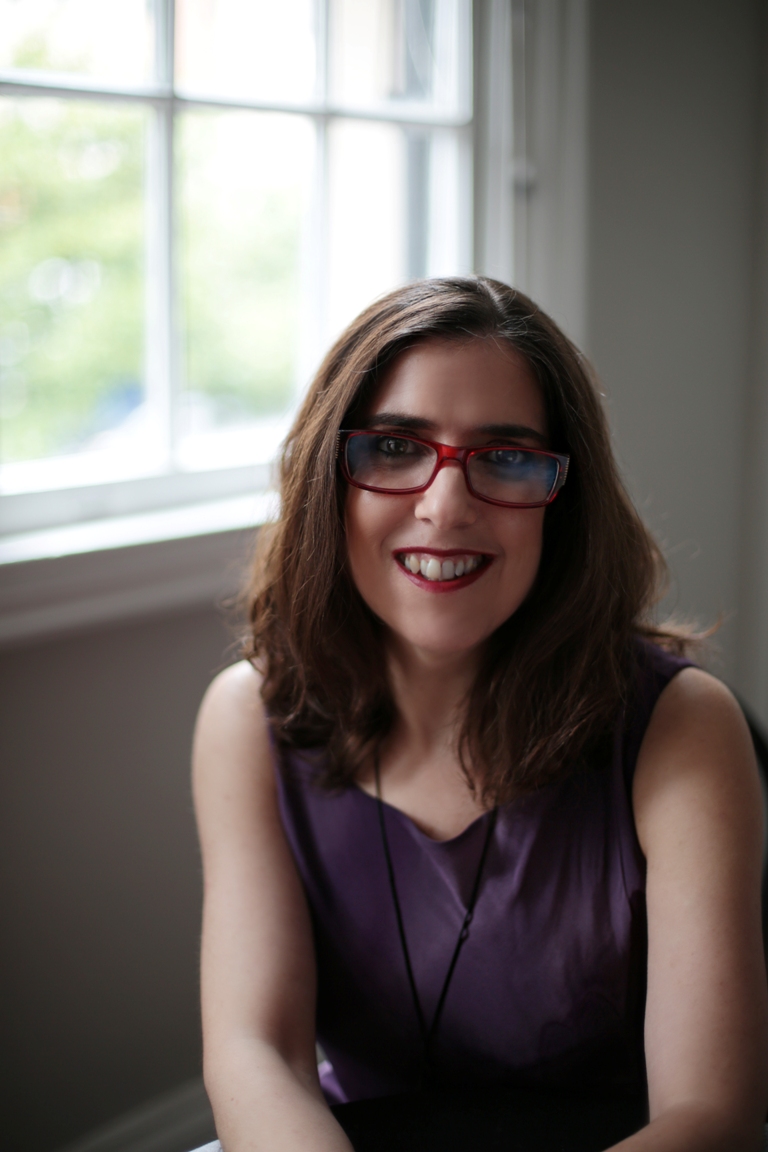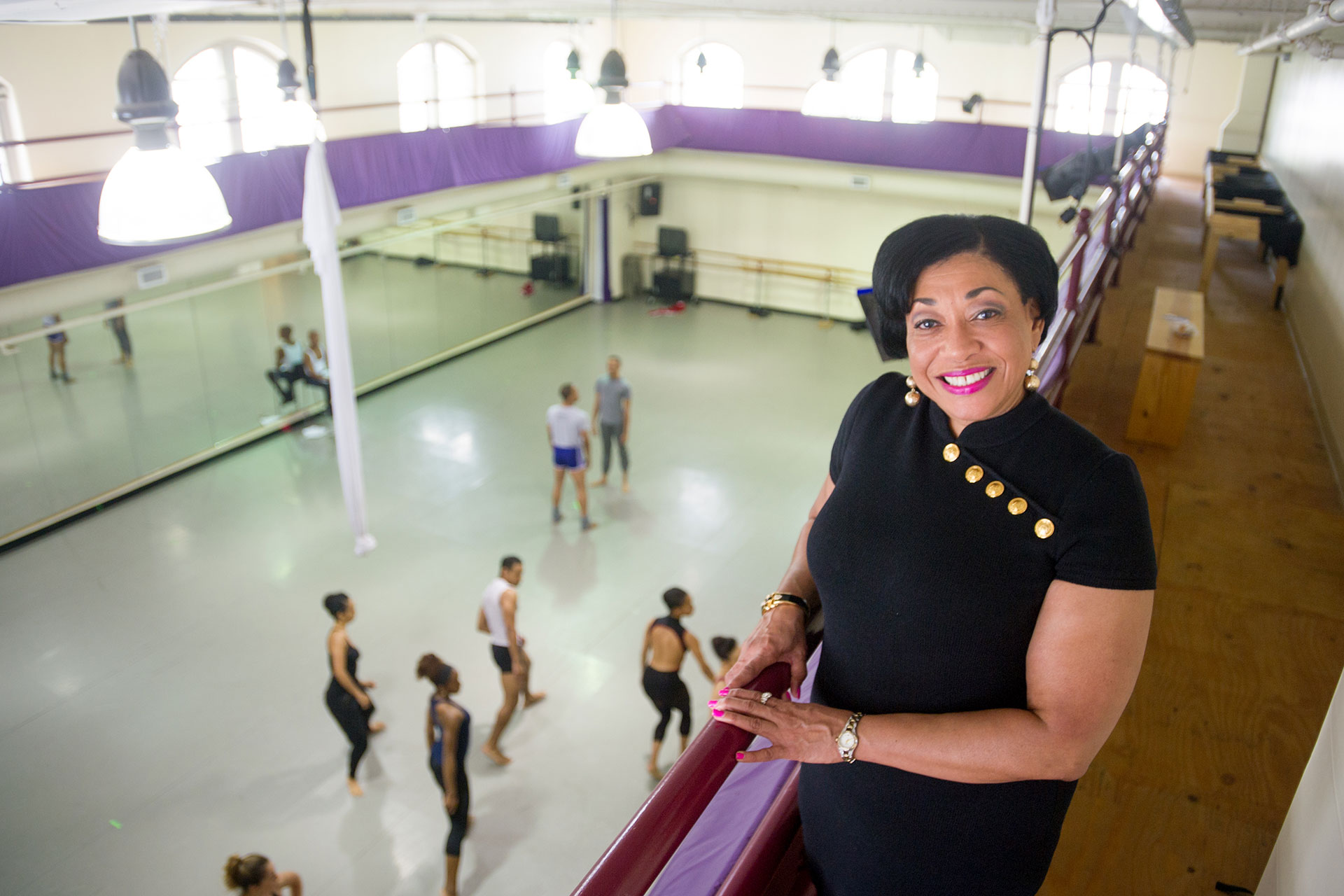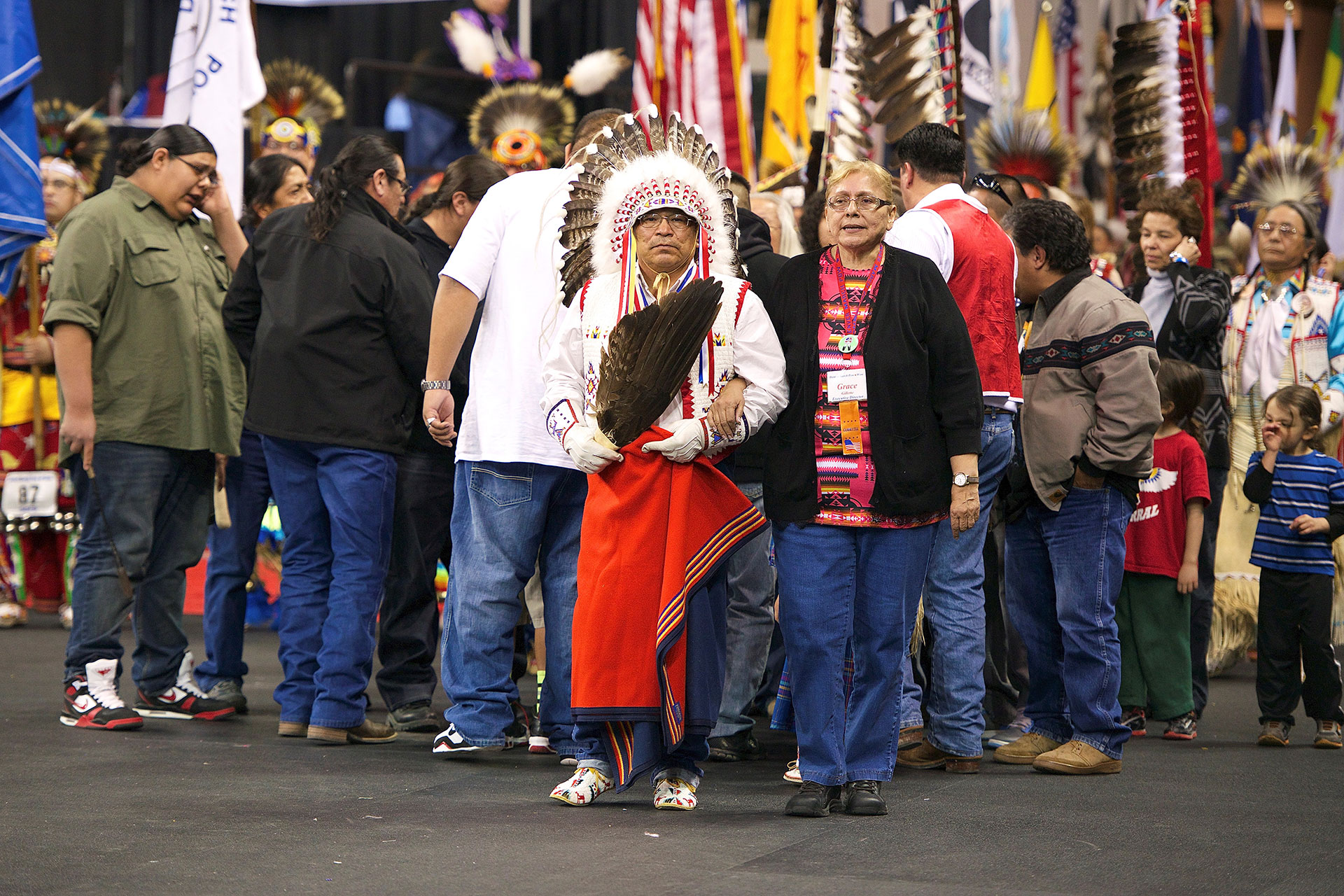Striving for Relevancy
By Lisa Traiger

Donald Byrd, photo: Gabriel Bienczycki.
Choreographer Donald Byrd is both a formalist and a teller of truths. His choreography has tackled big issues like the Iraq war, the ugly history of minstrelsy, and the Holocaust. He has also cast his eye on the personal — romance, love, hate, depression and suicide. In his works, his love of order and structure — Byrd has cited Balanchine as an inspiration — anchor pieces that confront challenging topics. He directed his eponymous Donald Byrd/The Group from 1978 through 2002. That year he became artistic director of Seattle’s Spectrum Dance Theater, which he re-shaped into a critically acclaimed contemporary company. This month Byrd receives the Dance/USA 2021 Honor Award, which recognizes extraordinary achievement, leadership and exceptional contributions to the national dance field. Prior recipients have included Martha Graham, Merce Cunningham, Katherine Dunham and Alvin Ailey, among other dance luminaries. You can read more about Donald Byrd here. This conversation has been edited for length and clarity.
Dance/USA: Would you share your dance origin story? You studied music and a little bit of tap as a child growing up in Clearwater, Florida.
Donald Byrd: Yes. What happened in Clearwater is an important part of my story. Clearwater was an example of how the segregated school systems in the South, in some ways, worked to the advantage of Black students. You had Black teachers who wanted you to be successful and gave you everything that they could to lead to your success, while knowing the world of the Jim Crow South, and the general state of racism in the United States. There was a lot of nurturing and part of that nurturing for me was an interest in artistic things. In Clearwater, parents and teachers encouraged their kids to be engaged in artistic activities that would enrich them, even if there were obstacles. Clearwater was a really important part of my early engagement with art.
I always had an interest in dance — I briefly took tap dancing [as a child]. I had no idea what ballet looked like, even though I once saw a Nutcracker on television when I was about eight. I only remembered that people jumped. But my real interest, in terms of formal dancing, concert dance like ballet and modern dance, began with a lecture/demonstration that Eddie Villella and Patricia McBride did. That made me realize that there was another kind of dancing. I remember they did excerpts from Balanchine works, and because I studied music, I knew who Balanchine was because of his association with Stravinsky.
My real experience [with dance] happened outside the Tufts University bookstore. I was a drama major … I saw this really beautiful, unusual young Black woman walking down the hill. I was so struck … by the way she moved that I asked her, “Why do you look like that?” She said to me, “Because I am a ballet dancer.”
D/USA: That’s a great pickup line.
D.B.: It is. We’re still friends today. At dinner she proceeded to tell me about all about dance. I started to take dance classes and that was it. First, at Tufts … there was a survey course in modern dance with history and classes in various techniques — early modern dance, Humphrey-Weidman technique, Martha Graham, Cunningham technique …
Then I went to the Cambridge [Mass.] School of Ballet and took my first ballet class — a friend in the drama department told me that they gave scholarships to boys. I was hooked on dance; I didn’t make a distinction between ballet or modern or jazz or what was called Afro dance. It was all dance to me. I just wanted to do as much as I could.

Byrd’s “Death Valley” (2016), photo: Tino Tran courtesy Spectrum Dance Theater
D/USA: You worked as an independent dancer and choreographer and began a company, which you directed for more than two decades. Can you discuss the challenges you faced to keep your company going?
D.B.: It was challenging being a dancer in New York in the 1970s, but it was also really exciting. I was hungry a lot; I was homeless a lot. Maybe it wasn’t as hard as it is now, perhaps because it didn’t cost as much money to live in New York then. I was starving, but I could still go to performances and see everything. I loved dance so much I just kept doing it. For me, the thing about dance … that I loved was that … I’ve always been able to talk myself into and out of things. With dance I couldn’t do that. I loved the fact that I had to shut up and just do it. Dancing was the most rigorous thing I’d ever done in my life.
When I started my company in Los Angeles in 1978, it grew out of a choreographic thing that I started in 1976 when I was working with Gus Solomons Jr. I realized that I loved choreography. All the different strands of my interests came together inside choreography: philosophy, theater, music — choreography seemed to contain all of that.
It was hard to have a company mostly because I didn’t have any resources, except a compelling, persuasive personality. I was able to get dancers to work with me without being paid, which is horrible in the context of now. I think then dancers were much more used to that. I know that I would have worked for [certain people] for free and I did because I was committed to the work. I pulled together a company and we did really interesting things. And then I moved….
Back in New York, I started to pay dancers for rehearsals and performances. I didn’t know where the money would come from, but I was committed to that. By the late ‘80s, people were starting to pay attention to what I was doing. I started to get more performance opportunities, not just in New York but nationally. And there was someone in my life who had always been really committed to what I was doing and was very supportive … Star Reese started to support my company financially and that made a huge difference.
With Donald Byrd/The Group I got more ambitious … [yet] even with the success of a work like The Harlem Nutcracker, we were not only paying the debt of The Harlem Nutcracker, but also back payroll taxes, plus current taxes, and it was financially challenging. I started to make work that was not aligned with why I wanted a dance company in the first place. I made dances that had multiple co-commissioners and staff to support the work because it had to tour all over in the country. That meant the work was a bit more vanilla than I wanted. If I wanted to pay the bills, I had to do it, but I just felt artistically really diminished.
I made the decision to close the company. A friend — David Parsons — said to me, “You need to have a press conference.” I said, “Why?” He said because people will know you are available. I had a press conference, we got in the newspapers and then people started to contact me. One of those companies was Spectrum Dance Theater.
D/USA: Spectrum was a jazz repertory company when you arrived. How did you navigate your early years as you shifted the company’s aesthetic and set the course for growth and change?
D.B.: At the beginning, it was really, really difficult because, even though when I was hired, during the interview I said I was not interested in doing that kind of work [jazz], I was told by the board that they wanted something different and they wanted me.… Then I got there and they really wanted what they had before.
For the first six months I lived in a hotel. The first three years were miserable … some people were really committed to what they were doing before and wanted to drive me out. So, while I wanted to change everything, I went slowly — for me, very slowly. The good part was the board president when I started was very supportive. Tricia [Stromberg] said some really great things to me. About one piece I did, she said, “I hate that piece. I think it’s terrible because of what it says, not because of what you did. But that doesn’t mean you shouldn’t do it.” That’s a good leader.
I wanted to pay dancers more, create a more diverse group of dancers in Seattle in terms of race and ethnicity … and cultivate relationships with dancers here in Seattle. I did all sorts of shifts to make it work here. At one point I was asked and tried to give [the company] a “Pacific Northwest” feel, but that rang false for me. It felt like pandering. I said to myself, “Just do what you do the way you want.”
At one point I got reprimanded.… It was an unfortunate time because I did what a lot of people do: I tied my identity to my job at Spectrum. When this happened, I went into a deep, deep depression … similar to what happened with my company in New York after it closed. I felt I had no identity. I asked, “Who am I?” As I worked through the issues, I realized, “I am Donald and I have a job at Spectrum. They are not the same thing.”
That realization made it possible for me to go forward with my life, but also to have a much more liberated view of Spectrum and my job. I felt the freedom to actually make the kind of work and present to the public the kind of work that I really wanted to do. It was a scary but, ultimately, it freed me. Now that I’ve been working in that context at Spectrum, I’m really happy with what I’ve been doing, especially in the past five years. I’m thrilled by it.

Byrd’s “Strange Fruit” (2019), photo: Marcia Davis, courtesy Spectrum Dance Theater
D/USA: What have you learned about yourself through dance?
D.B.: One of the things about dance that is true for me is that I can’t be a good choreographer unless I’m a good person. And there were some things about my personality, plus how I was living my life and belief systems, that were not so good before. As I’ve started to clean those things up. I have become in many ways a better person, and I think my work has gotten better. And, even if it hasn’t, it’s gotten more fulfilling. Through dance I’m glad I feel fulfilled as an artist, but I also feel fulfilled as a human being — that’s most important.
D/USA: Your choreography over the years has dealt with issues of racism and white supremacy, climate change, gender equality, xenophobia and police brutality, to name a few topical themes steeped in social justice. Can you speak about your goals in social justice choreography?
D.B.: What I’m really interested in is trying to be relevant. It just so happens that some issues that I find relevant can also be topical. I do wonder how long this is going to last [in the larger field]. Is it a trend? While right now Black people, Black artists, Black folks in general, are being held up and supported, will this just pass and people will forget about it? In some ways I think people have forgotten the Black Lives Matter demonstrations of the summer of 2020. The demonstrations triggered things inside of white-led institutions for people to think about. Some leaders inside those institutions really want to make a difference and understand or intuit that the presence of Black people and people of color is a good thing for their institutions and for the art form. Some of the conversations initiated by Theresa Ruth Howard [founder of MoBBallet and diversity strategist] are making a difference. The question is: Will it stick? I know several artistic directors of ballet companies authentically engaged in conversations on diversity in a way they had not been before.
About the work I’m doing now around social justice and climate change, it just feels like the right thing for me to be doing right now. There isn’t any strategy other than it seems like the right thing to do and it can resonate with people other than just me.

Lisa Traiger edits From the Green Room, Dance/USA’s online journal, and writes frequently on dance and the performing arts for publications, including Dance, Dance Teacher and Washington Jewish Week. An award-winning arts journalist, she is a former co-president of the Dance Critics Association and holds an MFA in choreography from University of Maryland.
____
We accept submissions on topics relevant to the field: advocacy, artistic issues, arts policy, community building, development, employment, engagement, touring, and other topics that deal with the business of dance. We cannot publish criticism, single-company season announcements, and single-company or single artist profiles. Additionally, we welcome feedback on articles. If you have a topic that you would like to see addressed or feedback, please contact communications@danceusa.org.
Disclaimer: Opinions expressed in guest posts do not necessarily represent the viewpoints of Dance/USA.




